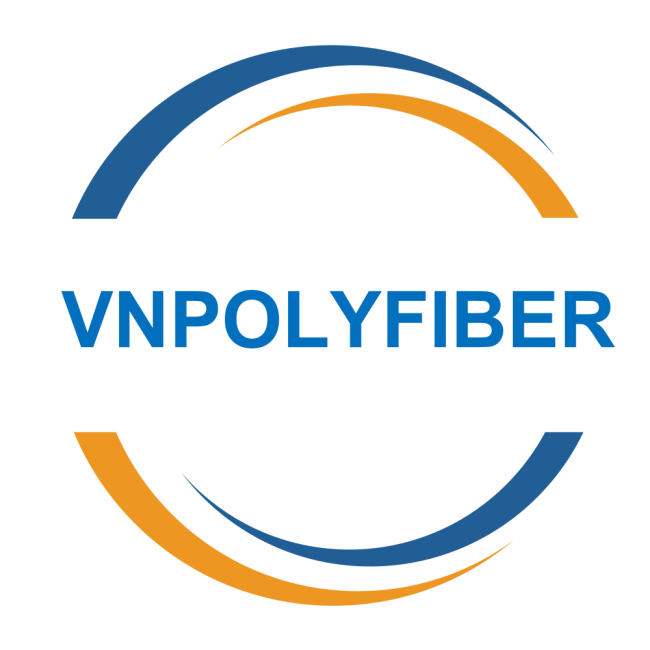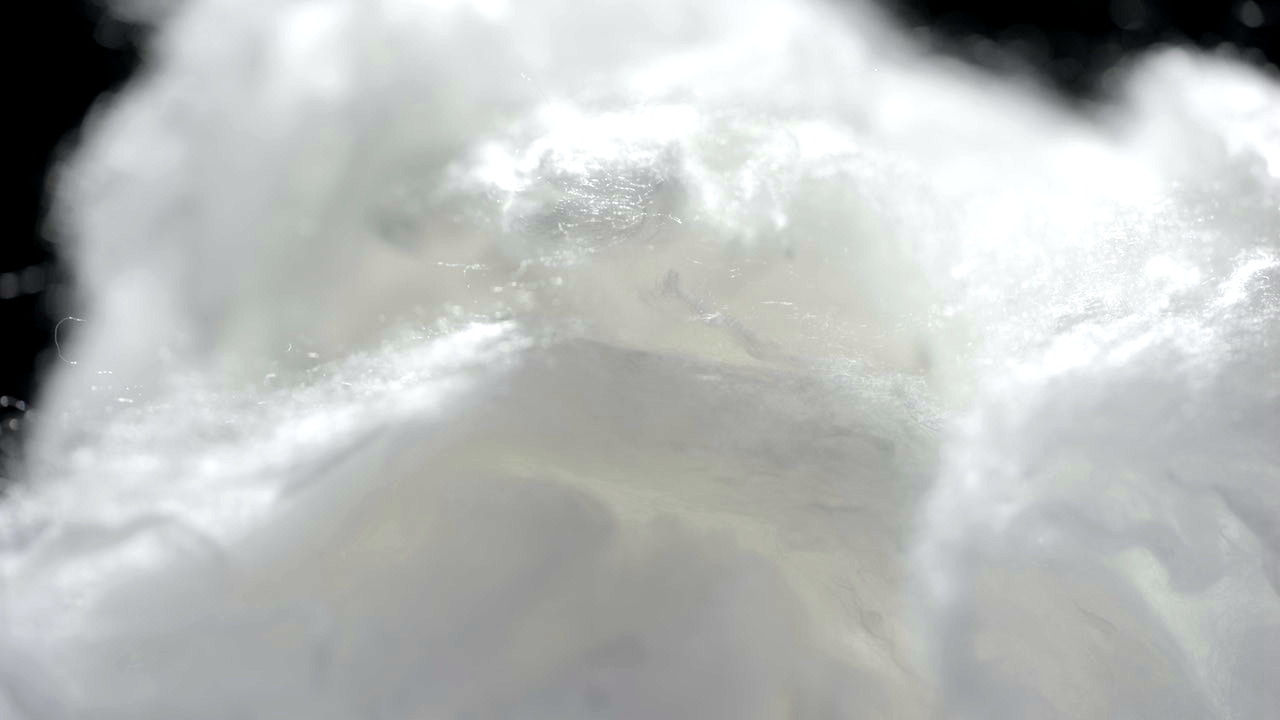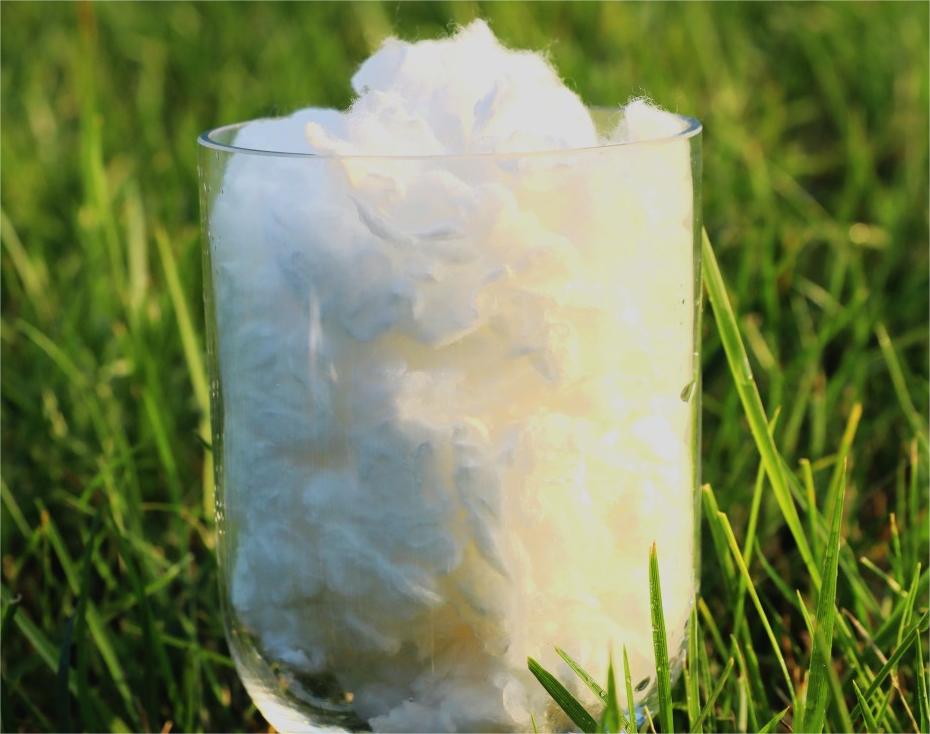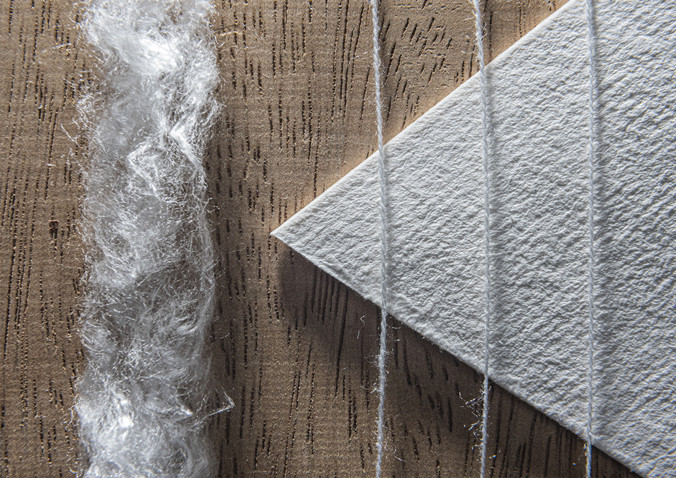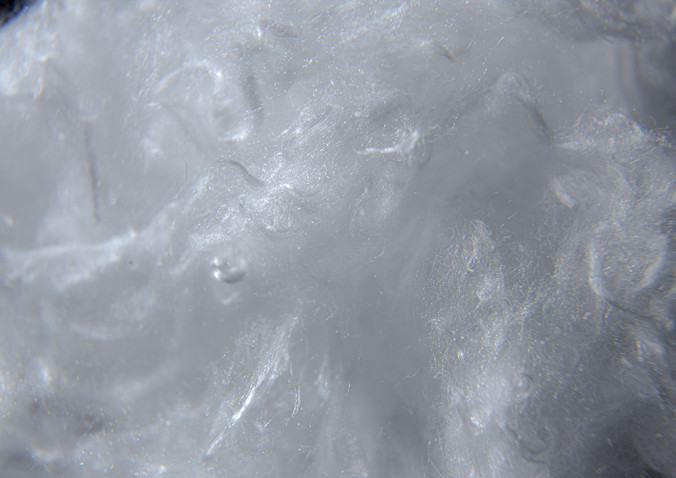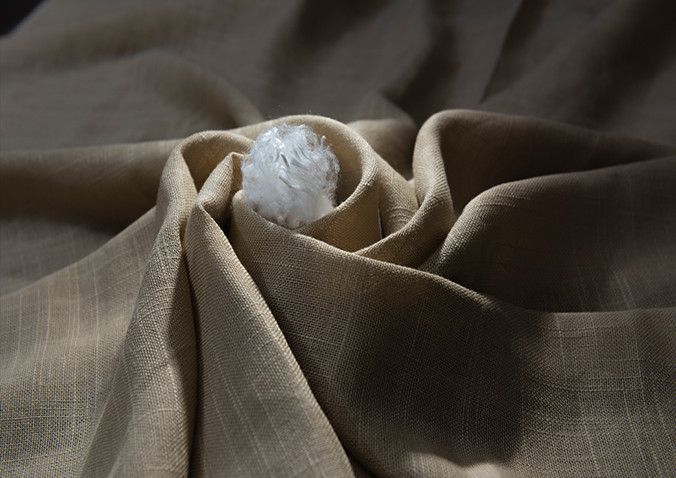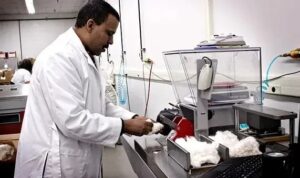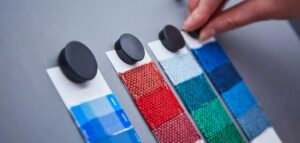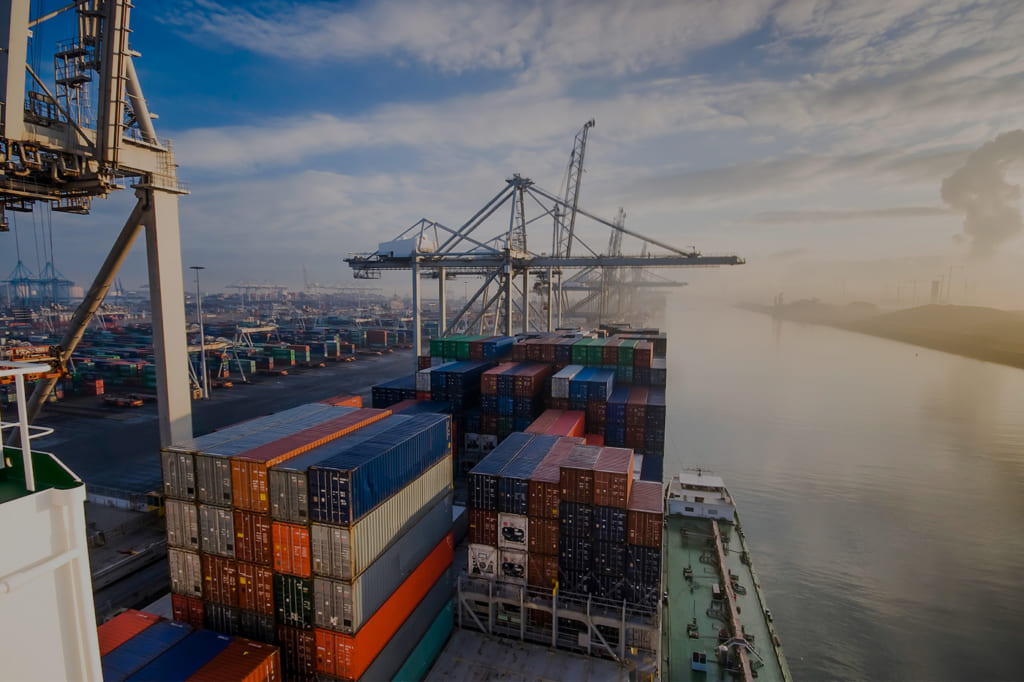The distinction in names arises from advancements in viscose fiber production technology and the evolving comfort requirements of consumers. The first generation of viscose fiber is known as rayon, while the second generation is referred to as Modal. The third generation is branded as Lyocell. Tencel is a specific brand of Lyocell fiber produced by the Austrian textile company Lenzing AG. Due to its prominence, Tencel will also be discussed in this context, as it is essentially a type of Lyocell.
Viscose, modal and lyocell are all made from plant material
Viscose, modal and lyocell are all made from plants, typically trees, but it could be soybeans, bamboo grasses, or even cotton plants. They are all variations of the same fibre generically known as viscose in Europe and rayon in North America. Scientifically they are described as regenerated cellulosic fibres. That means they are composed of cellulose (a compound which gives plants their stiffness) that has been extracted, dissolved and then realigned to make a fibre. So, despite being man-made, the fibre itself is composed of long chains of cellulose molecules that have been lined up to make a useful filament (very long continuous fibre), not unlike silk. This plant-based chemical structure is what gives these textiles their desirable properties, such as a natural next-to-skin softness, breathability and good moisture management.
As previously discussed, all of these fabrics fall under the category of viscose; however, rayon, modal, lyocell, and Tencel each possess distinct characteristics. Variations in softness and durability arise from differences in the raw materials and production techniques employed.
Difference between Viscose, modal and lyocell
The distinctions among viscose, modal, and lyocell are subtle, primarily related to the manufacturing processes and filament structures.
Viscose and modal are produced through similar processes, utilizing comparable chemicals at each production stage. Over the past century, the production of viscose has been continuously refined to yield a textile that is both soft and easy to maintain. In contrast, modal fibers undergo a slightly different treatment post-spinning, which enhances their strength. This process includes stretching the fibers to improve molecular alignment, resulting in lighter and finer modal fibers that can withstand tumble drying without sustaining damage. Aside from these variations, viscose and modal share many characteristics.
Lyocell, while also derived from plant-based materials like viscose and modal, is produced through a different method. The lyocell production process employs a non-toxic organic solvent, N-Methylmorpholine N-oxide (NMMO), to extract cellulose from wood, replacing the traditional sodium hydroxide (caustic soda). This organic solvent can be more easily filtered and reused in a closed-loop system, making it a more environmentally friendly option. The Austrian company Lenzing enhances this process further by sourcing its lyocell, marketed as Tencel®, exclusively from fast-growing eucalyptus trees in sustainably managed forests.
The end product, lyocell, retains the plant-based qualities of viscose and modal, providing a similar natural feel and desirable properties. Notably, the distinct production method results in a more uniform internal structure within the fiber, which enhances its water absorption capabilities.
Rayon
Rayon, also known as viscose, represents the first generation of viscose fibers and is the most prevalent fabric in the market today. Its affordability contributes to its significant market share.
However, rayon presents certain drawbacks. Its wet strength is limited, making it challenging to maintain its shape during washing, and it is prone to shrinkage or stretching. Additionally, denim fabrics that include rayon tend to have a stiffer feel and improved wear resistance, but they lack the elasticity and resilience seen in Modal and Lyocell.
Modal
Modal is classified as the second generation of viscose and is derived from beech wood. Unlike cotton, beech requires no irrigation or extensive cultivation, making it a natural and sustainable resource. The resulting Modal fabric is soft, biodegradable, and exhibits high wet strength.
Modal maintains its shape and appearance even after numerous washes, resulting in soft, breathable garments. Clothing made from modal denim feels significantly softer compared to rayon.
Lyocell
Lyocell is recognized as the third generation of viscose fibers. In light of growing environmental awareness, the production of Lyocell emphasizes sustainable development and regeneration.
Lyocell utilizes renewable bamboo and wood as raw materials, employing environmentally friendly technologies and organic solvents. This approach not only conserves energy but also promotes sustainability.
Due to its unique production process, Lyocell is distinguished by its exceptional softness and skin-friendly qualities, coupled with good moisture and air permeability. Denim fabrics that incorporate Lyocell exhibit a natural sheen, a smooth texture, soft drape, breathability, and minimal shrinkage.
Tencel
TENCEL is the brand name for lyocell fibers produced by the Austrian textile company Lenzing AG. Although various types of lyocell fibers exist, TENCEL™ is recognized as one of the most innovative.
Thanks to Tencel’s advanced research and development technology, its moisture absorption and perspiration management capabilities surpass those of cotton by 70%, with air permeability that is three times greater. Tencel is an excellent choice for customers seeking higher performance in sweat absorption and breathability in denim fabrics. However, Tencel denim is generally more costly, making it ideal for high-end women’s and children’s clothing.
SUMMARY
In summary, while viscose, modal, and lyocell share many similarities—so much so that they may often be collectively referred to as viscose—it is essential to note that although these fibers are man-made, they are not synthetic. As fibers derived from a natural source, they can be aptly termed semi-synthetic fabrics.
The fabrics can be ranked by price from most to least expensive as follows: Rayon, Modal, Lyocell, Tencel.
When considering fabric softness and breathability from best to worst, the ranking would be: Tencel, Lyocell, Modal, Rayon.
